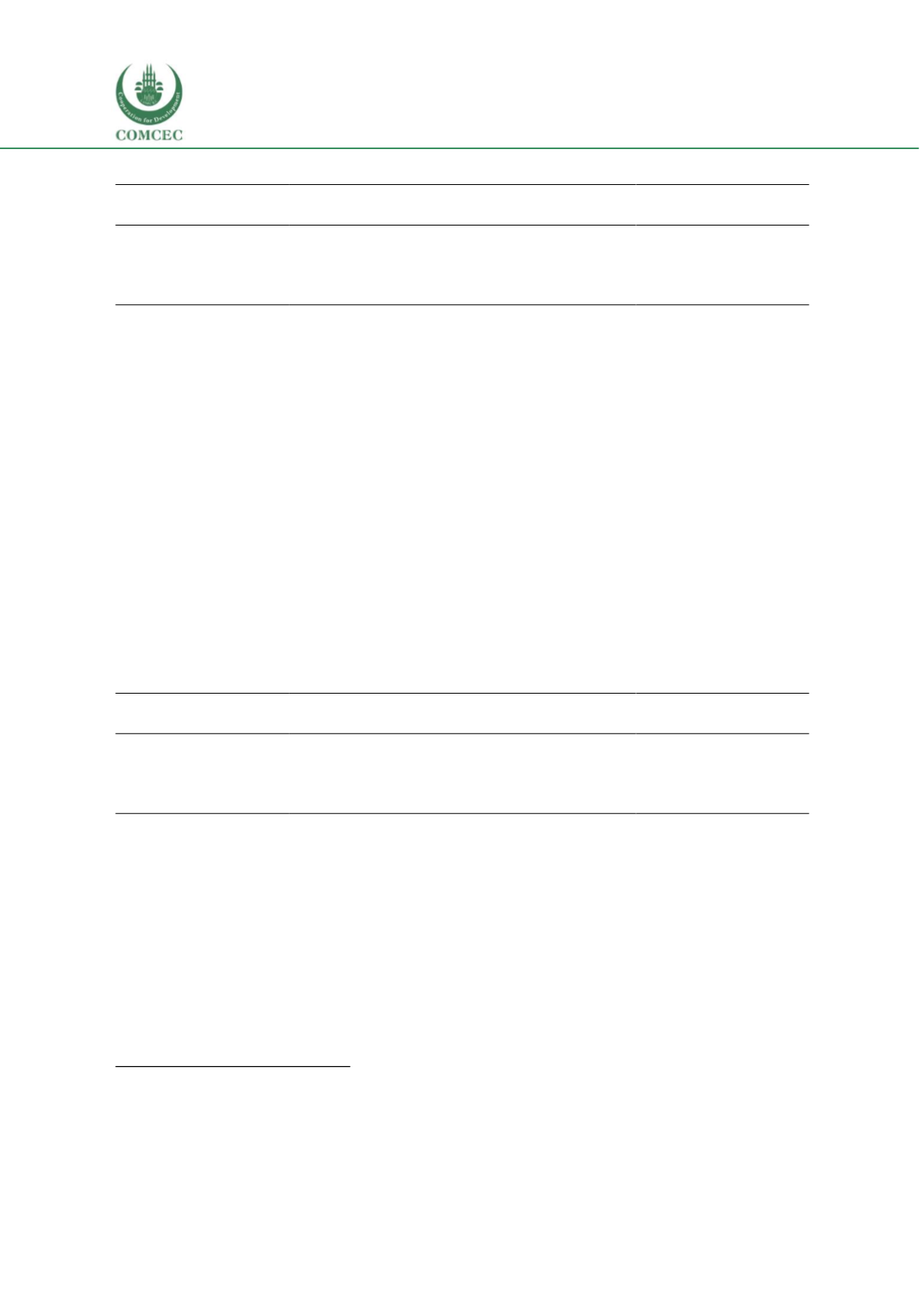

Education of Disadvantaged Children in OIC:
The Key to Escape from Poverty
178
Table 32 Provincial level budget spending on education
Province
Total Budget (Rs.
Million)
Education budget (Rs.
Million)
% share of education in
total budget
Punjab
1,447,242
286,505
20%
Sindh
739,302
147,877
20%
Khyber Pakhtunkhwa
487,880
119,721
25%
Balochistan
243,500
48,345
20%
Source: I-SAPS (2016)
Composition of spending:
The recurrent budget constitutes the major share of total education expenditures.
For 2015-2016, Sindh has allocated 91% of its educational budget to recurrent expenditures,
followed by Punjab at 85%, KP at 81% and Balochistan at 79%
463
. That leaves very little spending
for capital/development, which ranges from 9% (Sindh) to 21% (Balochistan) of total provincial
educational budgets. Within the recurrent budgets, the share of salaries is very high across all
provinces ranging from 77% in Sindh to 91% in KP.
Underutilized budgets:
Overall, education budgets may be low as seen above, but they are also
ineffective, particularly in certain provinces such as Sindh and Punjab that reported 21%and 18%
of total education budget as unspent for 2014-2015
464
. Capital/development expenditures are
not only very low but they are also under-utilized (se
e Table 33). Punjab had the highest rate of
under-utilization in 2014-2015, spending just 46% of what was allocated for capital education
budget
465
.
Table 33 Percentage of Expensed Development/Capital Budgets by Provinces
Province
Allocation 2014-15 (Rs.
Million)
Expenditure 2014-15
(Rs. Million)
% Expensed Budget
Punjab
38,589.72
17,620.08
46%
Sindh
11,254.01
6,508.40
58%
Khyber Pakhtunkhwa
26,106.58
25,376.16
97%
Balochistan
11,736.44
7,556.07
64%
Source: I-SAPS (2016)
Inefficient budgets:
Substantial spending on teachers’ salaries coupled with the low quality of
teachers and low performance of students (see section 2.5) make Pakistan’s education budget
quite inefficient. Inputs are not transformed into outputs by its education public financial
management system. Punjab’s lead in teacher reform and training is reflected in its budget
allocation to teacher-training (se
e463
I-SAPS (2016)
464
I-SAPS (2016)
465
I-SAPS (2016)
















